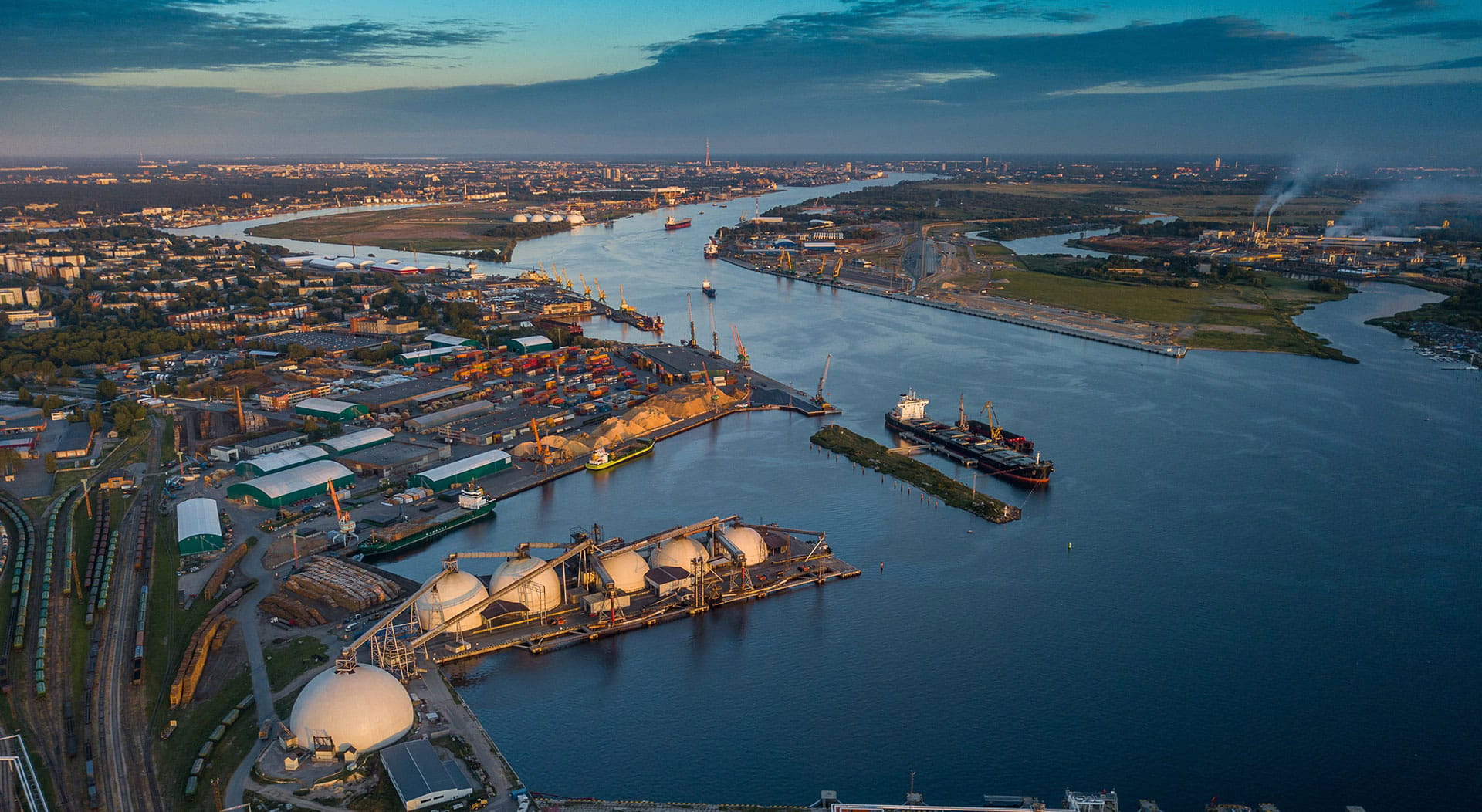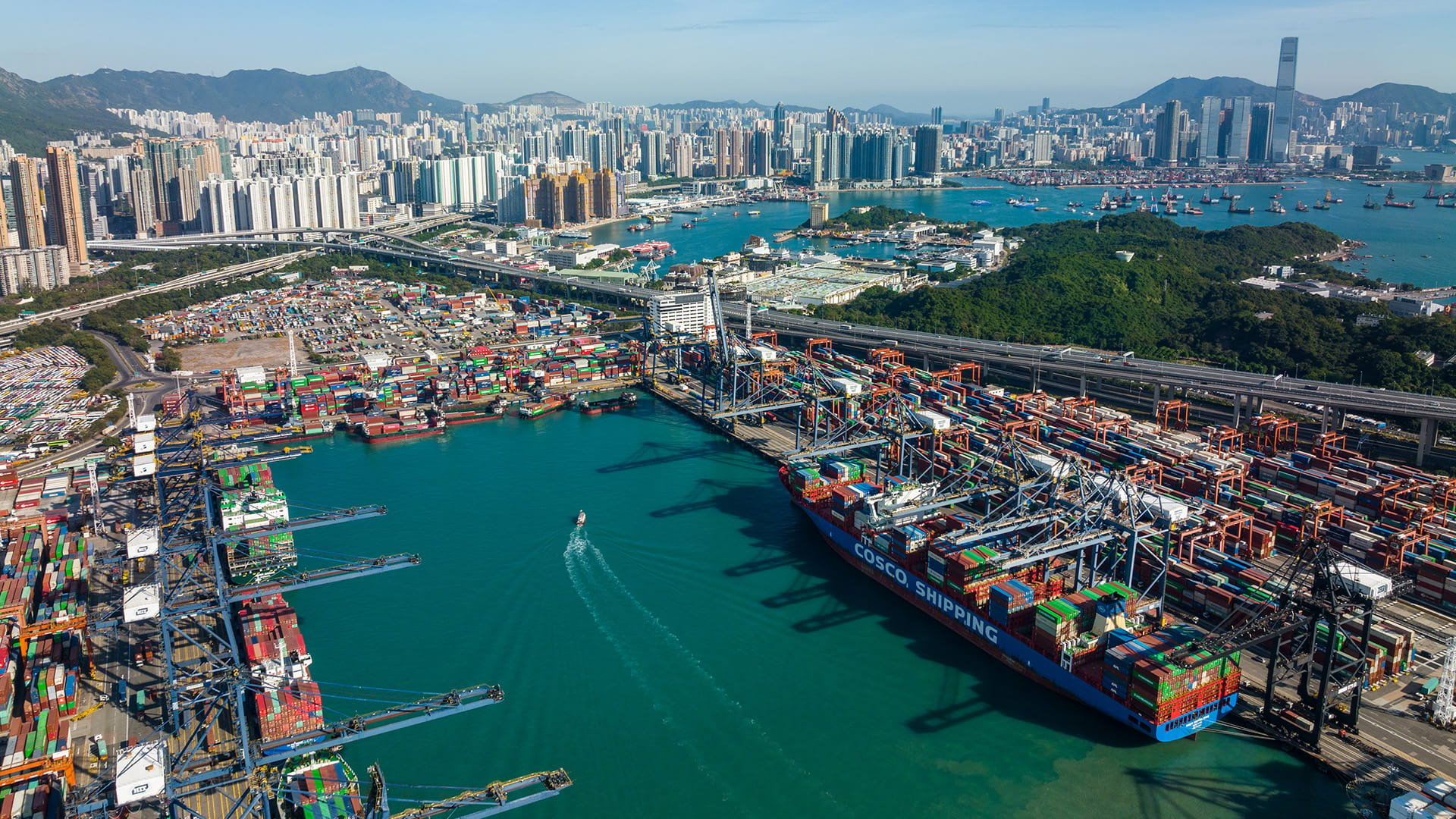Shaping green port policy and best practice in Australia

To help members improve the sustainability of their ports, Ports Australia wanted a comprehensive understanding of policies, regulations, and initiatives on key environmental topics influencing the maritime industry’s direction internationally. So, it engaged Royal HaskoningDHV to deliver a research database of global best practice across a range of green port topics, to inform their stance on these challenges and opportunities, including emissions and noise, alternative fuels, decarbonisation, and blue carbon.
Project facts
- ClientPorts Australia
- LocationAustralia
- Date2021–2022
- ChallengePorts Australia needed to create a successful best-practice strategy for its members.
- SolutionAn analysis of global initiatives highlighting key findings and helped build a clear framework.
The challenge: mounting pressure to boost sustainability in shipping
Worldwide, the maritime industry is facing more scrutiny for the impact it has on the environment – particularly from ship and Scope 3 emissions, and associated pressure to facilitate decarbonisation and achieve net zero targets.
Ports Australia, the peak-body for ports across Australia, sought a comprehensive understanding of emerging international trends and frameworks in the sector relevant to ports in Australia. This knowledge aims to inform its environmental strategy, support its advocacy and leadership efforts, and help its members in adapting to these changing conditions and become more sustainable.
The solution: a comprehensive analysis covering ports and vessels
Ports Australia commissioned Royal HaskoningDHV to conduct an Environmental Landscape Analysis focusing on policies, regulations, and initiatives in the maritime industry. The project was divided into two phases:
1) Vessel emissions and pollution. Phase 1 focused on ship emissions, Scope 3 greenhouse gas emissions, and ship noise. We developed a best practice catalogue, presenting detailed case studies of effective initiatives implemented at ports around the world. Examples covered various topics and example projects including:
- Ship emissions – The Singapore Green Maritime Initiative and the Shore Power Regulation in California.
- Scope 3 emissions – The Northwest Ports Clean Air Strategy and the Rotterdam Port Vision for 2030.
- Underwater noise – The EcoAction Programme in Vancouver and the Port of Vancouver Underwater Noise Management project.
- Alternative fuels – The Port of London Authority's biofuel trials and the Port of Rotterdam's hydrogen measures.
2) Port decarbonisation. Phase 2 concentrated on decarbonisation in ports, building on the outcomes of COP26. It provided an overview of alternative fuels, decarbonisation of cargo operations, decarbonisation of port operations, and carbon offsetting and circularity.
The result: detailed documents and a strategy for progress
The Environmental Landscape Analysis gave Ports Australia valuable insights into international best practices and emerging trends in the maritime industry at the time. Key findings were outlined across crucial areas including:
Alternative fuels – The analysis highlighted the importance of adopting low or zero-carbon emission fuels, such as LNG, hydrogen, and biofuels.
Decarbonisation of cargo operations – We identified strategies to aid decarbonisation like energy use minimisation, modal shifts, and smart port technologies.
Decarbonisation of port operations – We emphasised measures like localised energy generation, sourcing of clean energy, and efficient lighting to reduce carbon emissions in ports.
Carbon offsetting and circularity – The analysis explored innovative approaches to carbon offsetting, including habitat banking, blue carbon initiatives, and carbon capture, utilisation, and storage (CCUS) projects.
We produced a document detailing global trends in these green port topics and a database of previous initiatives, with a geographic focus on Europe, North America, and key trading nations in Asia-Pacific. The findings informed Ports Australia's environmental strategy and advocacy efforts, helping its support its members in adopting sustainable practices and remaining competitive in the global market.
This project underscores the importance of international collaboration and knowledge sharing in addressing environmental challenges in the maritime industry – and accelerating sustainable shipping for everyone.




